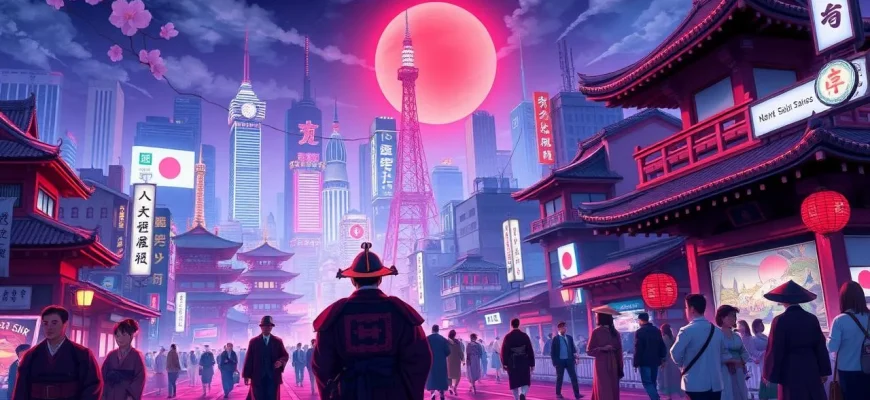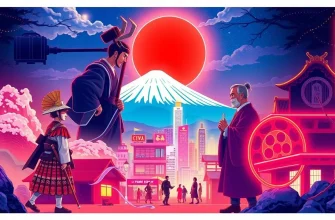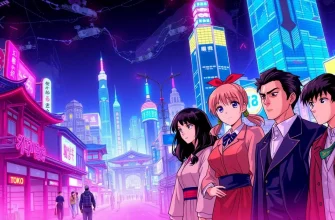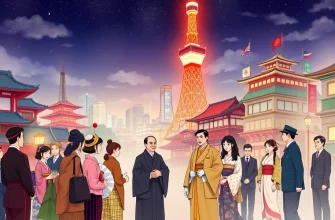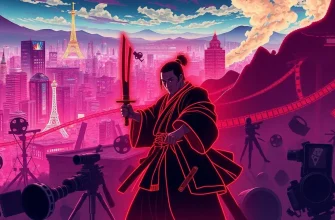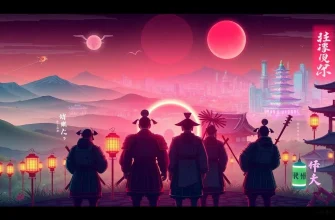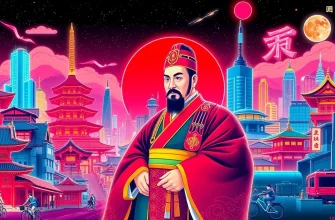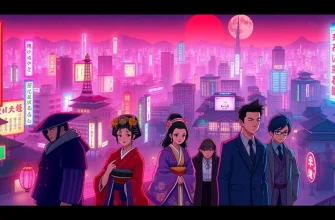The Meiji Era, spanning from 1868 to 1912, was a period of immense change in Japan, marking the country's transition from a feudal society to a modern, industrialised nation. This collection of films delves into this pivotal time, offering viewers a window into the cultural, political, and social upheavals of the era. From samurai tales to stories of modernisation, these films not only entertain but also educate, providing a rich tapestry of Japan's historical evolution.
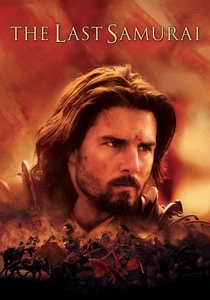
The Last Samurai (2003)
Description: This epic film captures the clash between tradition and modernity, focusing on an American soldier who becomes involved with samurai during the Satsuma Rebellion, a key event in the Meiji Restoration.
Fact: Tom Cruise underwent extensive training in samurai swordsmanship for his role. The film was shot in New Zealand, not Japan, due to its landscapes resembling Japan's.
 Watch Now
Watch Now

The Twilight Samurai (2002)
Description: A poignant look at the life of a low-ranking samurai during the Meiji period, highlighting the personal struggles and the fading samurai way of life amidst the backdrop of societal change.
Fact: The film won the Best Foreign Language Film at the Japan Academy Prize and was nominated for an Academy Award for Best Foreign Language Film.
 30 Days Free
30 Days Free

When the Last Sword is Drawn (2003)
Description: This film explores the lives of the Shinsengumi, a special police force during the late Edo period, and their transition into the Meiji era, focusing on themes of loyalty and sacrifice.
Fact: The film was adapted from a novel and features a unique narrative structure, telling the story through flashbacks.
 30 Days Free
30 Days Free

The Hidden Blade (2004)
Description: Set in the late Edo period, this film follows a samurai who must adapt to the changing times, exploring themes of duty, honor, and the clash between old and new values.
Fact: The film is part of Yoji Yamada's samurai trilogy, which also includes "The Twilight Samurai" and "Love and Honor."
 30 Days Free
30 Days Free

The Sword of Doom (1966)
Description: A dark portrayal of a ruthless swordsman during the Meiji era, this film examines the moral decay and the brutal reality of the samurai code in a time of change.
Fact: The film's ending was left open, leading to a sequel that was never made due to the director's death.
 30 Days Free
30 Days Free

The Rickshaw Man (1958)
Description: While not directly about the Meiji Restoration, this film captures the spirit of the era through the life of a rickshaw puller, reflecting the social changes and the rise of the common man.
Fact: It was one of the first Japanese films to gain international acclaim, winning the Golden Globe for Best Foreign Film.
 30 Days Free
30 Days Free

The Human Condition (1967)
Description: This film dramatizes the power struggle between Emperor Meiji and the last shogun, Tokugawa Yoshinobu, providing insight into the political machinations of the Meiji Restoration.
Fact: The film features a rare portrayal of Emperor Meiji, who was traditionally considered a sacred figure not to be depicted in film.
 30 Days Free
30 Days Free

The Great White Tower (1966)
Description: While primarily a medical drama, it reflects the societal changes and the clash of old and new values during the Meiji era through its characters' ambitions and ethical dilemmas.
Fact: The film was based on a novel by Toyoko Yamasaki, which was inspired by real events in the Japanese medical community.
 30 Days Free
30 Days Free

The Story of the Last Chrysanthemum (1939)
Description: Although set slightly before the Meiji era, this film captures the transition from the Edo to the Meiji period through the life of a kabuki actor, reflecting the cultural shifts of the time.
Fact: Directed by Kenji Mizoguchi, the film is known for its exquisite cinematography and its exploration of the clash between tradition and modernity.
 30 Days Free
30 Days Free

